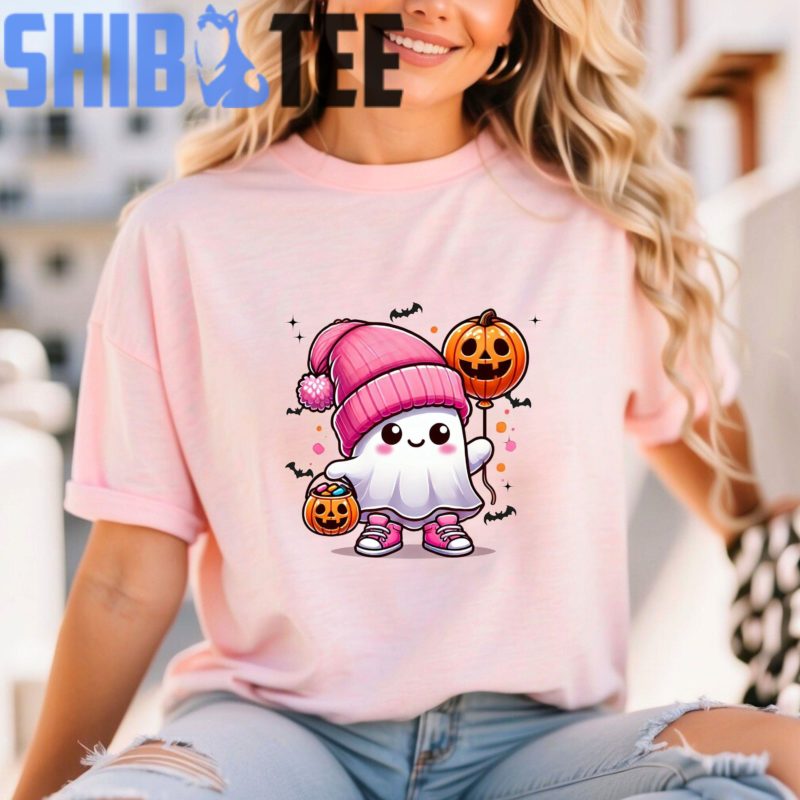No products in the cart.
Uncategorized
The Dark History Behind Halloween: More Chilling Than You Realized

The Dark History Behind Halloween: More Chilling Than You Realized
Halloween is celebrated today with costumes, candy, and fun, but its roots are much darker and spookier than most people realize. Drawing from ancient Celtic and Christian traditions, Halloween has evolved significantly over the centuries, blending morbid customs and beliefs into the festivities we know today. Here’s a look at the chilling history of Halloween and the origins of its most popular traditions.
The Origins of Halloween
Halloween, the spookiest night of the year, is also a massive retail event. Even during the pandemic in 2020, Americans were projected to spend $8 billion on Halloween celebrations, with many turning to indoor festivities and pet costumes for a bit of cheer. But Halloween’s roots stretch back centuries, influenced by both Celtic and Christian traditions.

The word “Halloween” itself was popularized by Scottish poet Robert Burns in his 1785 poem of the same name. It combines “Hallow,” meaning holy person (referring to the saints celebrated on All Saints’ Day, November 1), and “een,” a contraction of “eve.” So, Halloween essentially means “the evening before All Saints’ Day.”
Ancient Traditions and Morbid Beginnings
Halloween’s dark origins can be traced back to the Celtic festival of Samhain, celebrated in Ireland, Scotland, and the Isle of Man. According to Celtic mythology, the veil between the living and the dead thins during Samhain, allowing spirits and souls of the dead to return. People would make offerings of food to appease these spirits and departed ancestors.
Allhallowtide, which includes All Saints’ Eve, All Saints’ Day, and All Souls’ Day, originally took place in spring but was moved to its current date by Pope Gregory IV in 837, possibly influenced by Celtic traditions and the natural association of death with the fall season.
Bobbing for Apples: A Ritual of Divination
While pumpkins are the modern symbol of Halloween, apples were originally more closely tied to the holiday. In Celtic mythology, apples often represented the Otherworld, and bobbing for apples was more than just a fun party game—it was considered a form of divination. People believed that the apple you pulled out could predict your future, including who you might marry.
Jack-o’-Lanterns: A Deal with the Devil

The tradition of carving jack-o’-lanterns comes from an old Irish legend about a man named Jack who tricked the Devil. According to the tale, Jack trapped Satan in a tree and only let him down after securing a promise that the Devil would never claim his soul. When Jack died, he was denied entry into both heaven and hell, left to wander the earth with only a burning coal inside a carved turnip to light his way. This eerie tale inspired the modern tradition of carving pumpkins into spooky faces.
The Evolution of Trick-or-Treating
Modern trick-or-treating has roots in several ancient customs. The Celts would dress as evil spirits to confuse demons, while in medieval England, “soulers” would go door-to-door begging for “soul cakes” in exchange for prayers for the dead. By the 1800s, Irish and Scottish immigrants brought these traditions to the United States, where they eventually evolved into the trick-or-treating we know today. However, it wasn’t until the 1920s that it became widely popular in America, and even then, it was controversial, with many adults objecting to it as a form of extortion.
The Bloody Mary Ritual

The “Bloody Mary” ritual, which involves chanting in front of a mirror to summon a ghostly figure, has uncertain origins but is a classic Halloween tradition. The ritual often includes elements of darkness, mirrors, and blood, making it a popular yet eerie Halloween practice with deep psychological roots.
Black Cats and Superstition
Black cats have long been associated with witchcraft and the supernatural. In the Middle Ages, they were often seen as witches’ familiars or even witches themselves in disguise. This association with the Devil and dark magic has contributed to the fear and superstition surrounding black cats, making them a staple of Halloween iconography.
Halloween’s chilling history is a reminder that this festive holiday was born from ancient fears, dark legends, and centuries-old traditions. From Samhain’s supernatural origins to modern-day costumes and candy, Halloween continues to captivate with its blend of the eerie and the entertaining.
